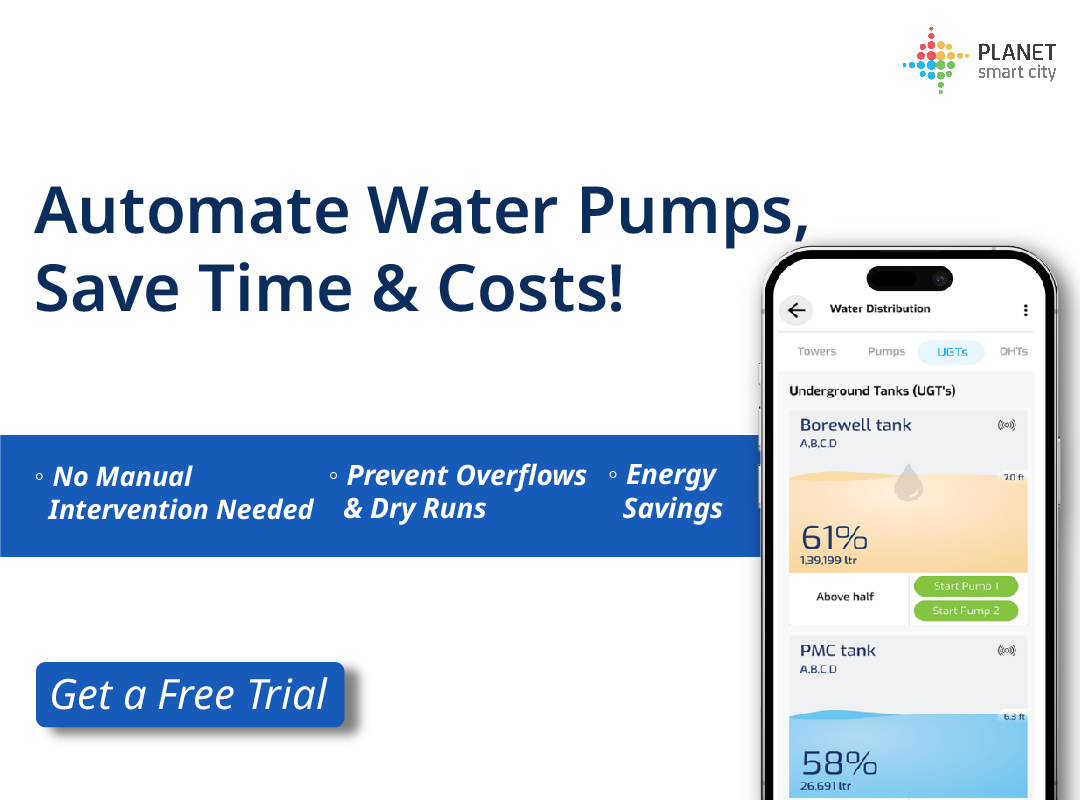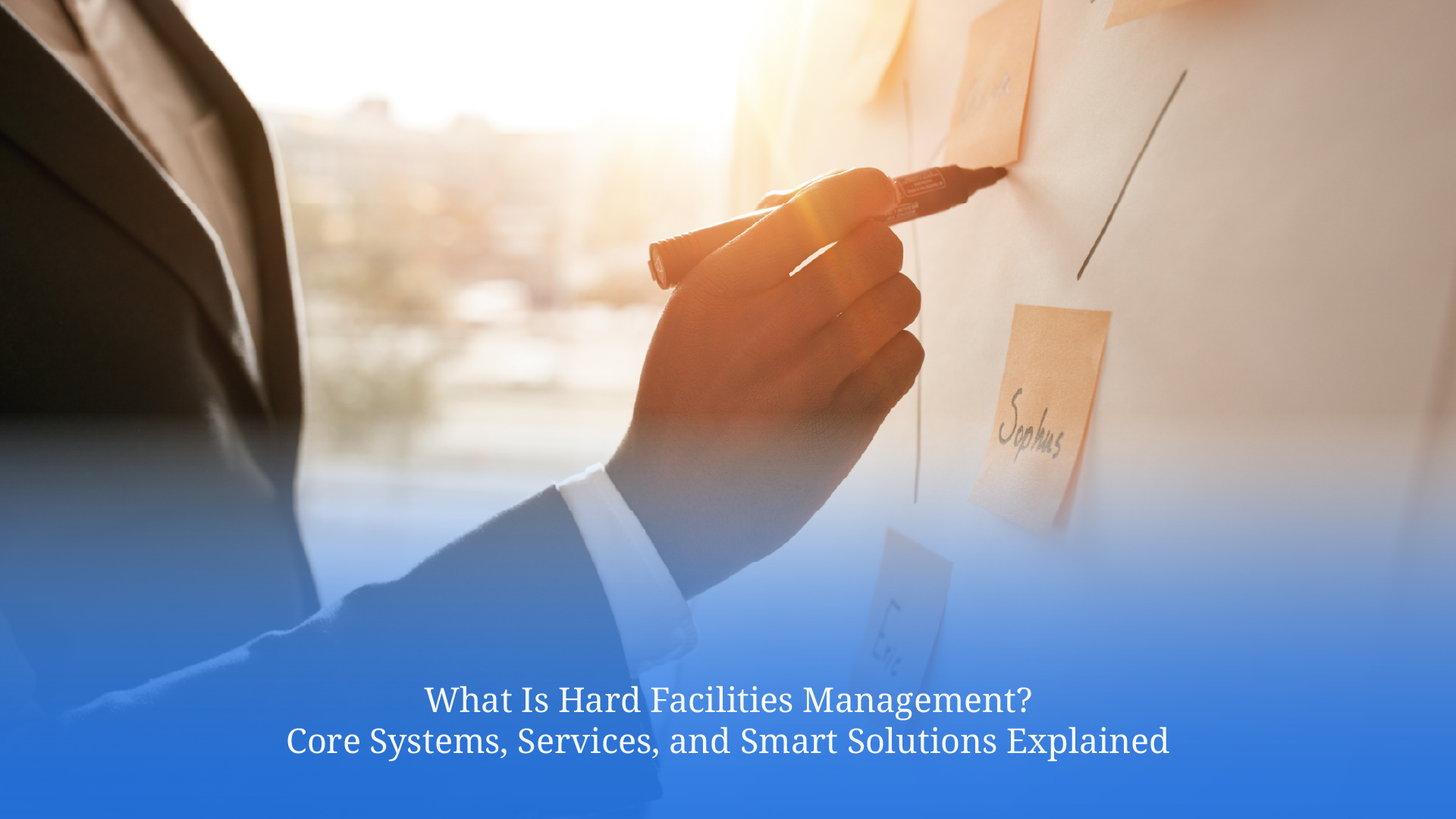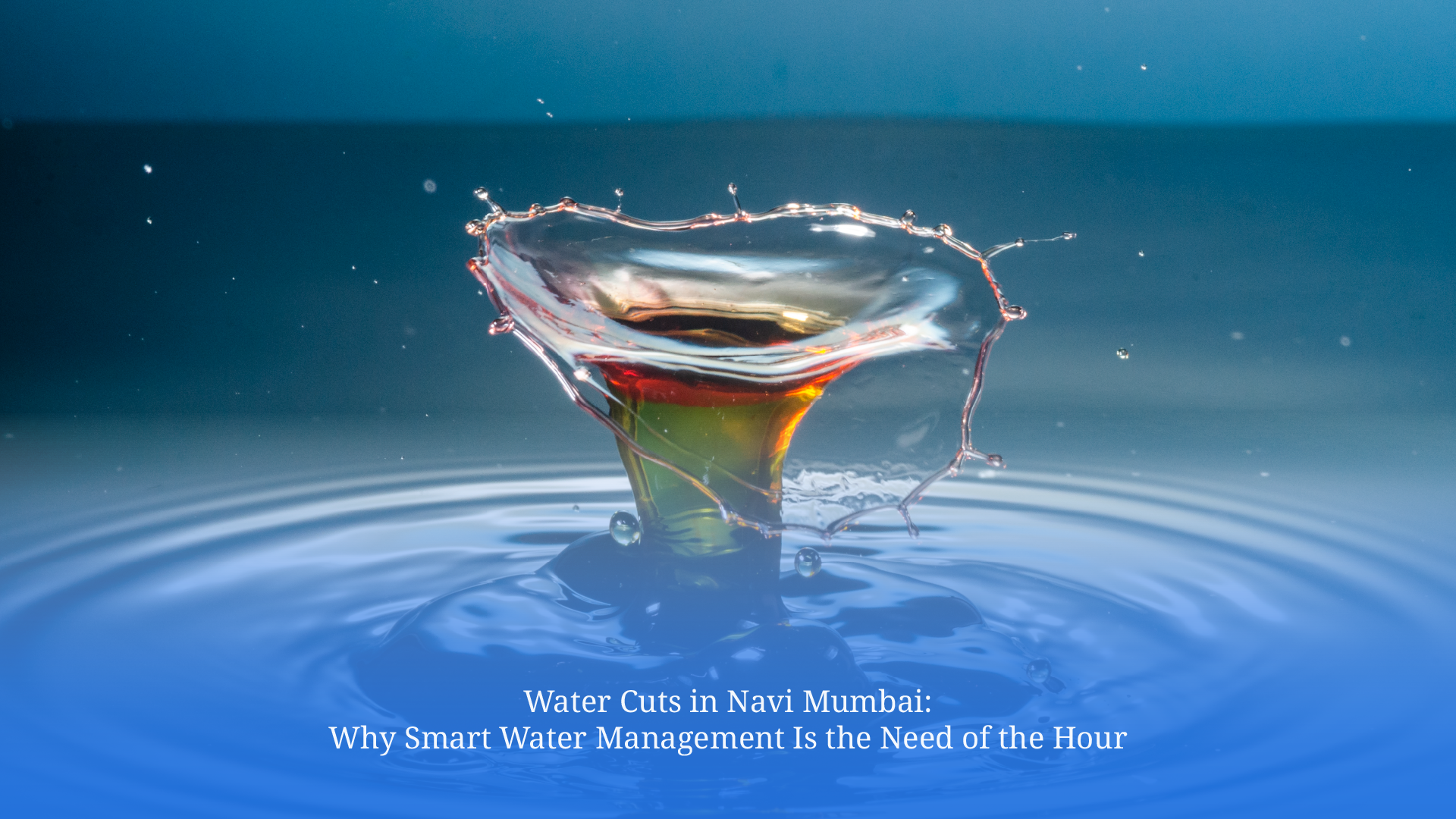Why the Water Crisis in Hyderabad Demands Sustainable Urban Infrastructure

Water has always been essential to the growth of cities. But in Hyderabad, this basic necessity has become a growing concern. Several communities now face unpredictable supply, falling groundwater levels and a heavy reliance on tankers. While the problem may seem seasonal, the patterns suggest deeper infrastructure issues. Addressing them will take more than temporary fixes. It requires long-term planning, the right technology and community-wide awareness.
Anatomy of the Crisis
The water crisis in Hyderabad is no longer a future threat. It is already affecting everyday life across housing societies. Communities report irregular supply, malfunctioning pumps and rising dependence on external water sources. These issues stem from ageing infrastructure and a lack of digital monitoring. Without real-time visibility, water usage becomes reactive instead of planned.


Scarcity Hotspots
Some neighbourhoods are hit harder than others. In water scarcity areas in Hyderabad, such as Gachibowli, Kondapur, Narsingi and Manikonda, water supply remains highly erratic. These areas rely on deep borewells and tanker water even in non-summer months. Housing societies in these locations struggle to maintain pressure, schedule supply rotations and meet resident expectations. This often leads to complaints and higher maintenance costs.
Root Causes
The water scarcity in Hyderabad is the result of multiple overlapping challenges:
-
Groundwater overuse and slow recharge
Rapid construction and borewell drilling have exceeded the natural recharge rate. With few rainwater harvesting systems in place, water levels continue to decline.
-
Old and inefficient infrastructure
Most societies continue to depend on manual pump systems and outdated pipelines. These systems waste electricity and fail to detect issues in time.
-
No automated controls
Water management is still largely manual, which results in pump dry-runs, tank overflows and high power bills. This increases both the risk of burnout and wastage.
-
Overdependence on tankers
Tankers are often seen as a backup, but they are unreliable, expensive and unregulated. They draw from uncertain sources, affecting both supply quality and sustainability.
-
Lack of usage transparency
Without metering or tracking at the household or block level, it becomes difficult to manage or reduce consumption. Everyone suffers when water runs out, even if some users consume much more than others.
Sustainable Urban Infrastructure: What It Means
Sustainable infrastructure is more than just strong pipes or large tanks. It is about creating systems that are energy-efficient, water-wise and technology-enabled. In practice, this includes:
- Monitoring tank levels in real-time to avoid last-minute surprises
- Using smart pump panels that automate operations based on need
- Installing flow sensors that alert to hidden leaks
- Making usage data visible to both residents and facility staff through mobile apps
- Reducing wastage by setting usage benchmarks and sending alerts when thresholds are crossed
Planet Smart City Solutions
Planet Smart City offers a connected water management system that addresses the key stress points most societies face today. From detection to control, every aspect is designed to improve efficiency and reduce waste.
Hidden Leaks
Underground leaks or internal pipe cracks can waste hundreds of litres every day without being noticed. Our IoT-based system uses water level trends and sensor data to detect unusual drops. This helps facility teams identify and fix the problem before it escalates.
Pump Burnouts & High EB Bills
Pumps that run unnecessarily or during low pressure cycles end up consuming more electricity and often fail early. Our smart pump controllers ensure that pumps operate only when needed. This leads to energy savings and extends the lifespan of equipment.
Tank Overflows
Overflowing tanks not only waste water but also damage building structures over time. With automated tank-level alerts and pump cut-offs, our solution helps prevent overflows completely. It also frees up staff from constant manual monitoring.
Implementation Roadmap for RWAs
Societies do not need a complete infrastructure overhaul to make a difference. Small steps can bring major improvements.
-
Begin with a water usage review
Conduct a basic audit to understand how much water is being used, where it comes from and where it is lost. This helps create a practical plan for upgrades.
-
Install tank-level sensors
These sensors reduce the guesswork around water availability and help staff make better decisions. They also help prevent unnecessary pump operation.
-
Automate your pump operations
Smart pump panels manage tank fill-ups based on real-time data, avoiding both overflow and dry-run damage. They also improve supply scheduling.
-
Enable alerts through mobile apps
Staff and committee members can receive alerts for dry tanks, low levels or abnormal usage. This improves transparency and speeds up resolution.
-
Track monthly reports and usage trends
Reports provide insights that help societies identify high-consumption zones or frequent leaks. Over time, this leads to better resource planning.
Water Management for Sustainable Communities
Understanding what are the different types of water pumps and pairing them with smart monitoring tools can transform how your society manages water. It is no longer enough to rely on traditional methods or wait for government supply cycles. Communities must lead the change through proactive infrastructure and data-driven management.
Book a free consultation with Planet Smart City to explore how your society can upgrade its water system with minimal disruption and maximum long-term impact.




